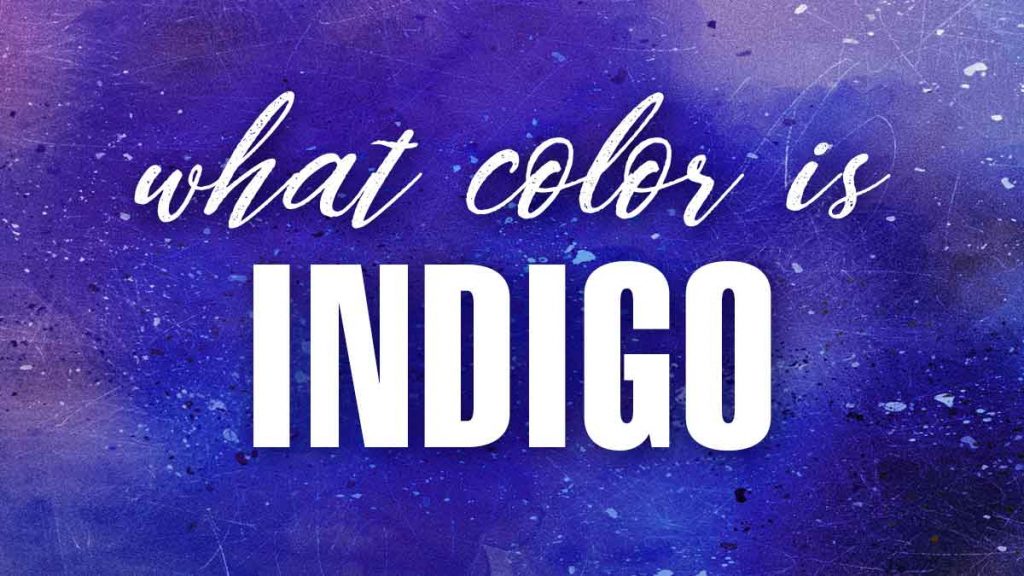tie dye with indigo
Exploring the Art of Tie-Dye with Indigo A Timeless Craft
Tie-dyeing is a fascinating and colorful textile art form that has captivated people across cultures and eras. Among the myriad of dye choices, indigo stands out as one of the oldest and most revered dyes used in this craft. The process of tie-dyeing with indigo not only brings vibrant hues but also connects us to traditions and techniques that have been passed down through generations.
The Legacy of Indigo
Indigo dye has a rich history, dating back over 5,000 years. Used in ancient civilizations such as Egypt, India, and Japan, indigo was highly prized for its deep blue color and the methods used to create it. Derived from the leaves of the indigo plant, this dye undergoes a fascinating transformation through fermentation, which allows it to produce its characteristic blue hue. The use of indigo in tie-dyeing can be traced back to many cultures, with each developing unique techniques and patterns that reflect their heritage.
The Basics of Tie-Dyeing with Indigo
Tie-dyeing is achieved through a resist-dyeing technique, where sections of the fabric are bound, stitched, or folded to create patterns that remain undyed while the rest of the fabric is immersed in dye. The beauty of tie-dye lies in its unpredictability; each piece is a unique work of art. When using indigo dye, the process begins with preparing the dye vat, traditionally through fermentation, though modern techniques may employ powdered indigo mixed with an alkali and a reducing agent.
Once the dye is ready, the fabric—often cotton—is prepped by washing and soaking it in a mordant solution to enhance the dye's adherence. Various folding techniques can be applied, including the spiral, crumple, and accordion methods. After securing the fabric with rubber bands or string, it is submerged in the indigo dye bath. The magic of indigo occurs when the fabric is removed from the dye vat. Initially, the fabric appears green; however, upon exposure to air, it gradually transforms into a deep, rich blue, revealing the patterns created during the tying process.
Creativity and Technique
tie dye with indigo

The versatility of tie-dyeing with indigo allows for endless creative possibilities. Artists can experiment with various binding techniques to achieve different effects. For example, the shibori technique, which originated in Japan, incorporates intricate folding, stitching, and binding to create elaborate patterns that resemble waves, flowers, and geometric shapes. Each method brings a distinct personality to the fabric, making the process both an art form and an expression of individuality.
Additionally, using multiple dye baths can create gradients or layered effects, and adding other colors can enrich the visual experience. Some artists choose to incorporate natural dyes alongside indigo, creating a textile that bursts with color and complexity.
Sustainability and Connection to Nature
In recent years, the tie-dye trend has seen a resurgence, particularly among enthusiasts seeking sustainable and eco-friendly practices. Indigo dyeing, especially when derived from natural sources, aligns with a growing interest in sustainable fashion and textile arts. By choosing organic materials and traditional dyeing methods, artists can create beautiful textiles that honor the environment.
Moreover, tie-dyeing serves as a therapeutic and mindful practice. The repetitive motions of folding, tying, and dyeing can be meditative, allowing individuals to connect not only with the fabric but also with the natural world around them. The process embodies a celebration of imperfection, as each piece tells a story through its unique patterns and colors.
Conclusion
Tie-dyeing with indigo is more than just a stylish trend; it is a celebration of cultural heritage, creativity, and sustainability. By embracing this ancient craft, individuals can explore their artistic expression while honoring the age-old traditions that have shaped it. Whether you are a beginner or a seasoned artisan, tie-dyeing with indigo invites you into a world where color, creativity, and culture beautifully intertwine. So gather your materials, unleash your creativity, and allow the vibrant hues of indigo to transform your fabric into a masterpiece that tells your unique story.
-
The Timeless Art of Denim Indigo Dye
NewsJul.01,2025
-
The Rise of Sulfur Dyed Denim
NewsJul.01,2025
-
The Rich Revival of the Best Indigo Dye
NewsJul.01,2025
-
The Enduring Strength of Sulphur Black
NewsJul.01,2025
-
The Ancient Art of Chinese Indigo Dye
NewsJul.01,2025
-
Industry Power of Indigo
NewsJul.01,2025
-
Black Sulfur is Leading the Next Wave
NewsJul.01,2025

Sulphur Black
1.Name: sulphur black; Sulfur Black; Sulphur Black 1;
2.Structure formula:
3.Molecule formula: C6H4N2O5
4.CAS No.: 1326-82-5
5.HS code: 32041911
6.Product specification:Appearance:black phosphorus flakes; black liquid

Bromo Indigo; Vat Bromo-Indigo; C.I.Vat Blue 5
1.Name: Bromo indigo; Vat bromo-indigo; C.I.Vat blue 5;
2.Structure formula:
3.Molecule formula: C16H6Br4N2O2
4.CAS No.: 2475-31-2
5.HS code: 3204151000 6.Major usage and instruction: Be mainly used to dye cotton fabrics.

Indigo Blue Vat Blue
1.Name: indigo blue,vat blue 1,
2.Structure formula:
3.Molecule formula: C16H10N2O2
4.. CAS No.: 482-89-3
5.Molecule weight: 262.62
6.HS code: 3204151000
7.Major usage and instruction: Be mainly used to dye cotton fabrics.

